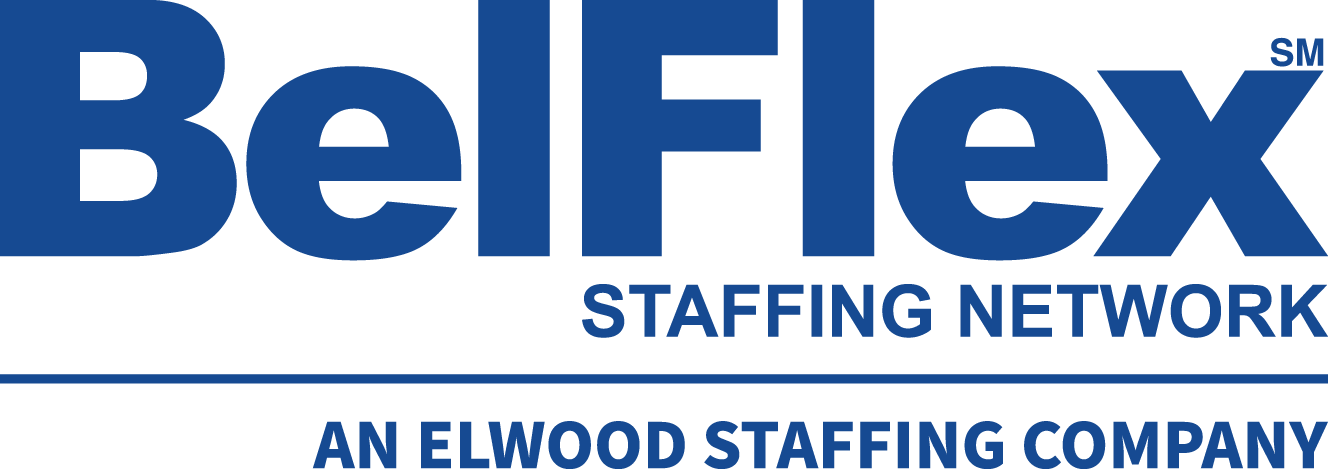The True Cost of a Bad Hire
In so many ways, hiring the right candidates has never been more difficult than it is today. We pour our time, energy, and money into securing qualified talent, and if we’re honest with ourselves, many times we cross our fingers and hope they work out.
You’ve been doing this long enough to know that new hires don’t, in fact, always turn out like we hoped, and the company consequently incurs a significant expense as a result. But have you ever quantified the real cost of a bad hire?
The U.S. Department of Labor estimates a bad hire can cost an organization up to 30% of the employee’s wages for the first year. The Society for Human Resource Management (SHRM) estimates companies spend about 36 days and $4,000 to fill a position. Job vacancy costs run between $100 and $500 a day, depending on the salary of the position.
The below chart breaks down these costs, using the example of a new hire at $35,000 who terminates after one month:
| Item | Sample Cost |
| Bad Hire Salary for one month Benefits Overhead/admin costs | $2,917.00 $904.27 $729.25 |
| HR’s Time Develop job descriptions and sourcing strategy Prepare and run advertisements Post on multiple job boards Review resumes Phone screen candidates Schedule, prepare for, and conduct multiple rounds of interviews Verify references and qualifications Total HR Time = $ per hour x hours | $36/hr x 30 hrs = $1,080 |
| Additional recruitment and interview costs Final candidate interviews with department managers Background check and drug screen Advertising cost | $41/hr x 6 hrs = $246 $100 $1,000 |
| Onboarding Manager + HR’s time Trainer’s time | $36/hr x 16 = $576 $33/hr x 16 = $528 |
| TOTAL | $8,080.52 |
The above calculates the direct costs, but the true total costs go a lot deeper than what’s found on a spreadsheet. Turnover causes morale to take a hit. Team dynamics that included the bad hire need to be reshaped. Depending on the friction and challenges with the bad hire, company culture may need to be reset as well. With the departure of each worker, job responsibilities often need reshuffling. This means more training and less productivity as all this gets sorted, which also leads to burnout for the remaining team. Overworked staff results in a drop in quality of work and production, company culture, satisfaction, and positive engagement.
When you capture both direct and indirect costs, estimates run as high as 150% of an annual salary for higher level positions. While bad hire costs for lower level positions aren’t quite as high, they are still a significant amount hitting your business profitability.
While we can’t eradicate bad hires, we can certainly minimize them and their negative impact on the company. Smart recruiting strategies, sourcing quality candidates, an efficient hiring process, an engaging onboarding program, and ongoing retention efforts will keep your workforce active and thriving.
For more help on reducing bad hires and sustaining a healthy workforce, contact us.






